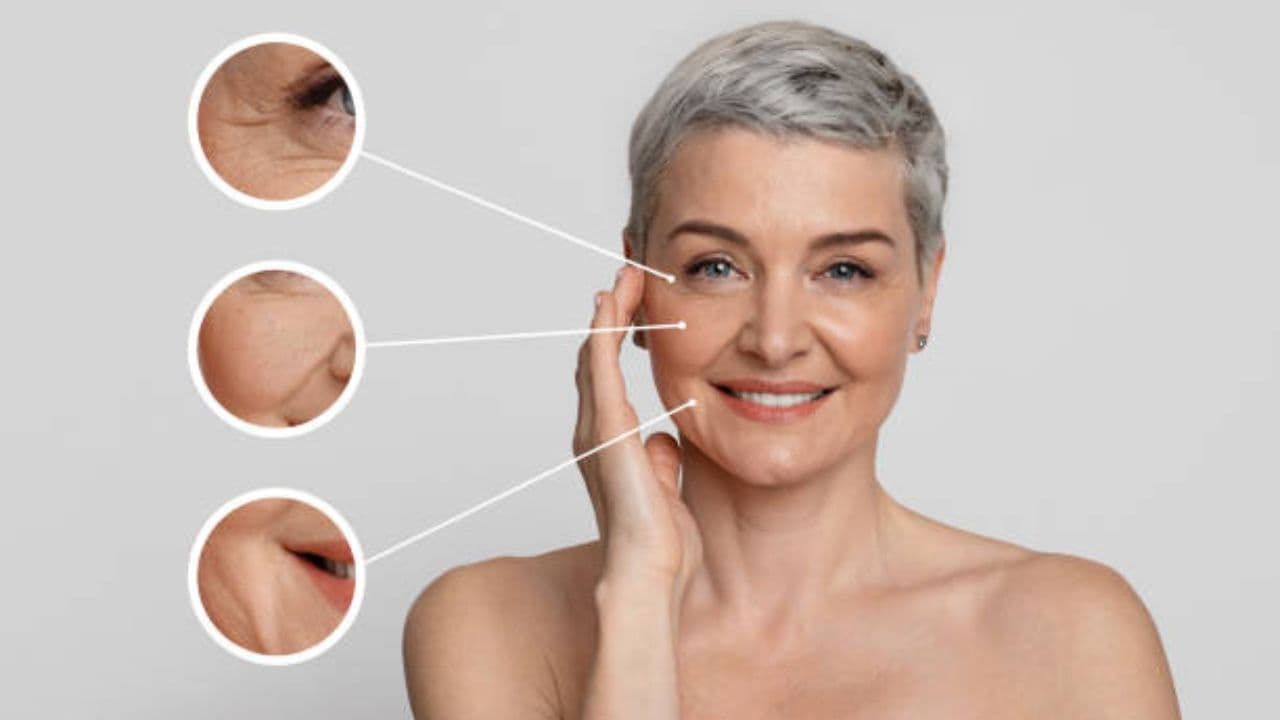India’s anti-aging skincare is evolving from wrinkle-fighting to wellness-focused. Younger consumers now embrace prevention, daily care, and confidence, making skincare about health and empowerment, not reversing age
Asianet News English talked to Dr. Shalini Dubey, Medical Affairs Manager, Iberia Pharmaceuticals on Anti-Aging. She suggested a preventive approach to deal with it. Here’s what she has to say:
For years, the phrase ‘anti-aging’ was synonymous with reversing time. Earlier, there was a strong focus on erasing wrinkles, and lifting sagging skin. The old-school way of looking at aging is changing. Younger consumers view anti-aging not as turning back the clock, but as preserving and enhancing their skin for the years ahead, so that the signs of aging take longer to appear.
The numbers back this shift. According to Grand View Research, India’s anti-aging products industry is growing steadily at about 10.7% a year, and is set to reach nearly USD 4.84 billion by 2033. This data is an indicator of shift in mindset from regimes driven solely by vanity, to routines that prioritize resilience as well.
From Cure To Prevention
The way people think about anti-aging has changed, the focus has shifted to everyday habits which develop a solid foundation, thus preventing the requirement of harsh treatments later on. Now sunscreen isn’t an option, it’s the basic requirement. This trend of obsessing after anti-aging is only gaining traction with time. A Mc Kinsey report highlights that Gen Z ranks appearance among the top three wellness concerns.
It is no longer just about sunscreen. Customers are now adding light antioxidant serums, mild exfoliation, and moisturizers that support the skin barrier. Retinoids, once seen only as strong wrinkle treatments, are also being used earlier in low doses to help maintain collagen and steady skin renewal.
Emotional Connection And Empowerment
What really stands out in this new idea of anti-aging is the attitude behind it. The old ads worked by scaring people and focusing on pointing at wrinkles or fine lines as if they were something to be ashamed of. That idea doesn’t connect anymore with the audience. For younger Indians, skincare is not a battle with age, and it has become part of their everyday routine.
People now are not using sunscreen or moisturizers out of fear of aging. They use them because these products make their skin feel good and maintain skin health in the long run. Sunscreen, which was once ignored and considered optional, has now become a part of daily routine. A serum or a barrier cream is less about chasing youth, and more about building habits that prevent damage before it begins.
It’s also a cultural shift. For years, beauty talk in India was tied to fairness creams and quick fixes. That narrative gives way to something more grounded. There is a growing focus on health, and showing up as the best version of yourself at any age. Anti-aging is no longer about denial; it’s about confidence, care, and ownership.
The Future Trend For India’s Anti-Aging Skincare Market
In India offline product sales still dominate in the anti-aging category. The sale of anti-aging products through supermarkets and hypermarkets accounted for a revenue share of about 29.10%. There is still a requirement to have firsthand experience of the products which is not possible online. The customer may also get a comparison of the products side-by-side and make the optimum choice for himself.
Yet, despite offline sales reigning supreme, online sites are gradually closing the gap.. The sale of anti-aging products through online retail channels is expected to grow at a CAGR of 12.3% from 2025 to 2033. The brands now have demonstrations on product usage, AI screening devices, advising people on what anti-aging products to purchase depending on where they are on their anti-aging journey. These brands are changing expectations among customers slowly.
Another important trend is men’s anti-aging skincare, either by developing grooming products specifically for men, or marketing them in a manner that will be appealing to men and women, with higher interest in products that focus on fighting premature wrinkles, dark circles, and fatigue of the skin, areas that have been overlooked in male grooming.
In conclusion, the Indian anti-aging skin care market is moving away from the historically correction-driven, fear-based narrative to a preventive, empowering narrative for younger consumers. As this creates the drive for consistent market growth, it also spreads outside traditional boundaries and opens up to men as a valuable new segment. Since customers are more concerned about long-term skin health rather than quick fixes, the way forward for the industry is to create solutions that are easy to integrate into one’s life, so anti-aging becomes a matter of thriving every step of the way, rather than beating time.
